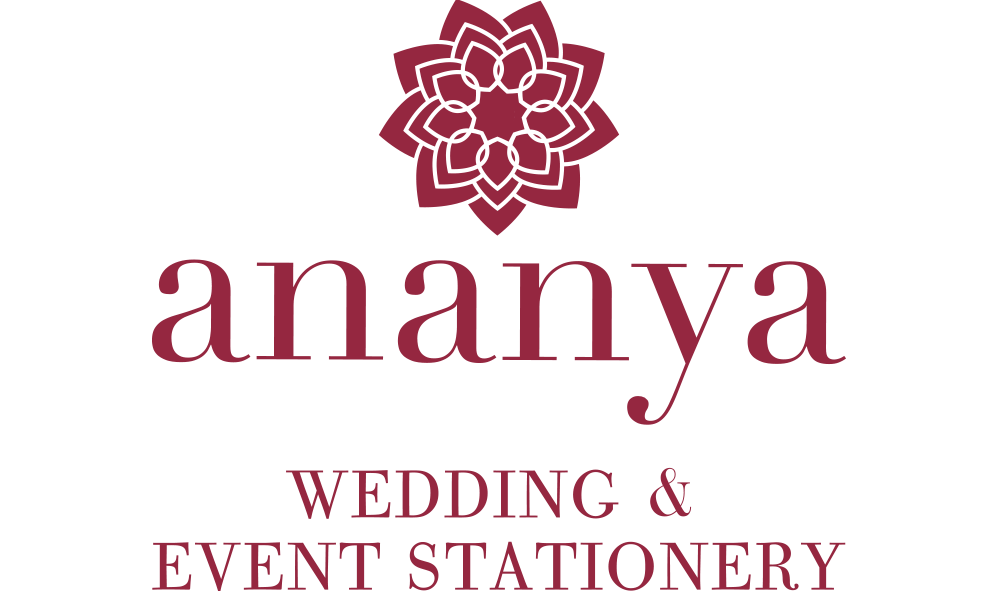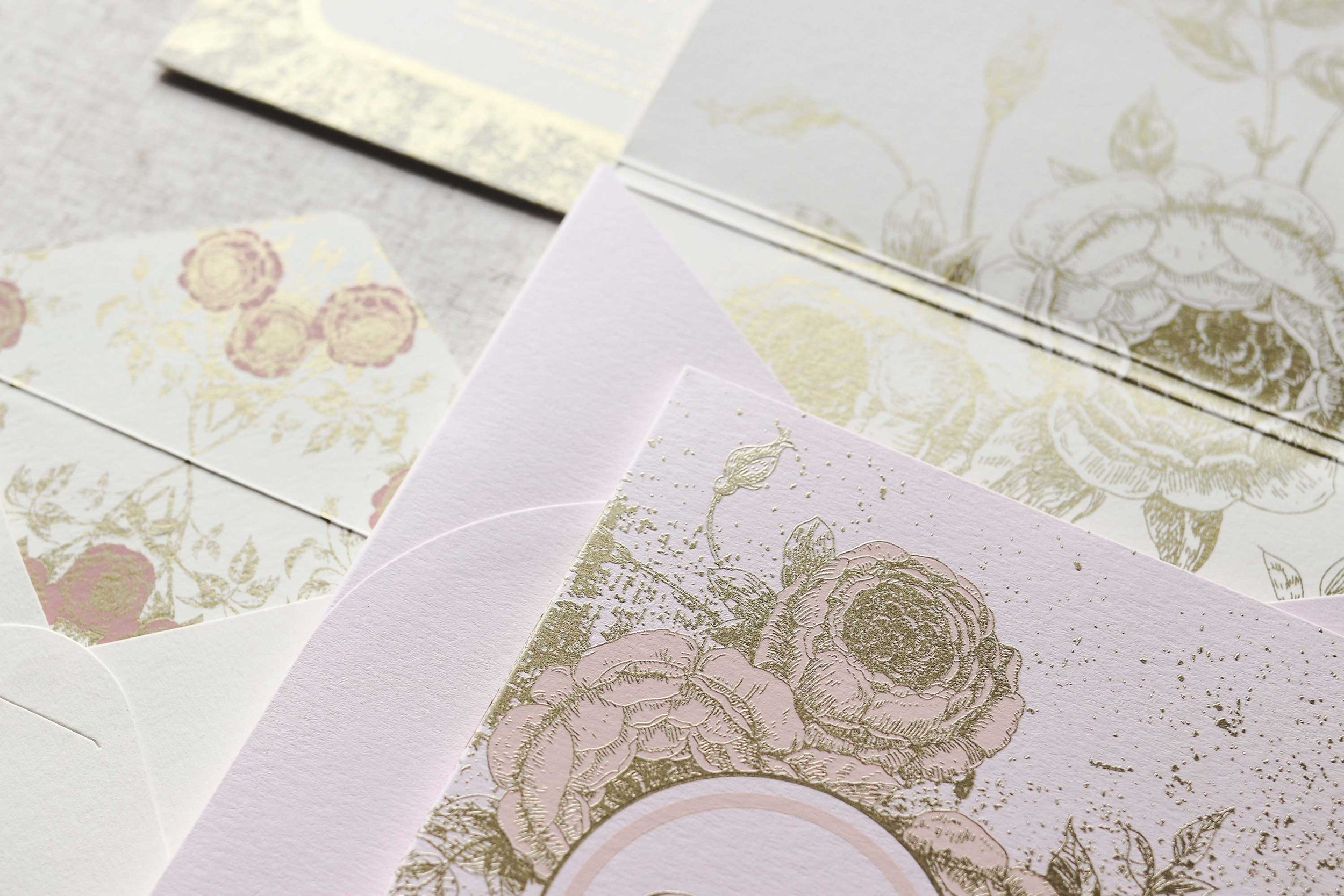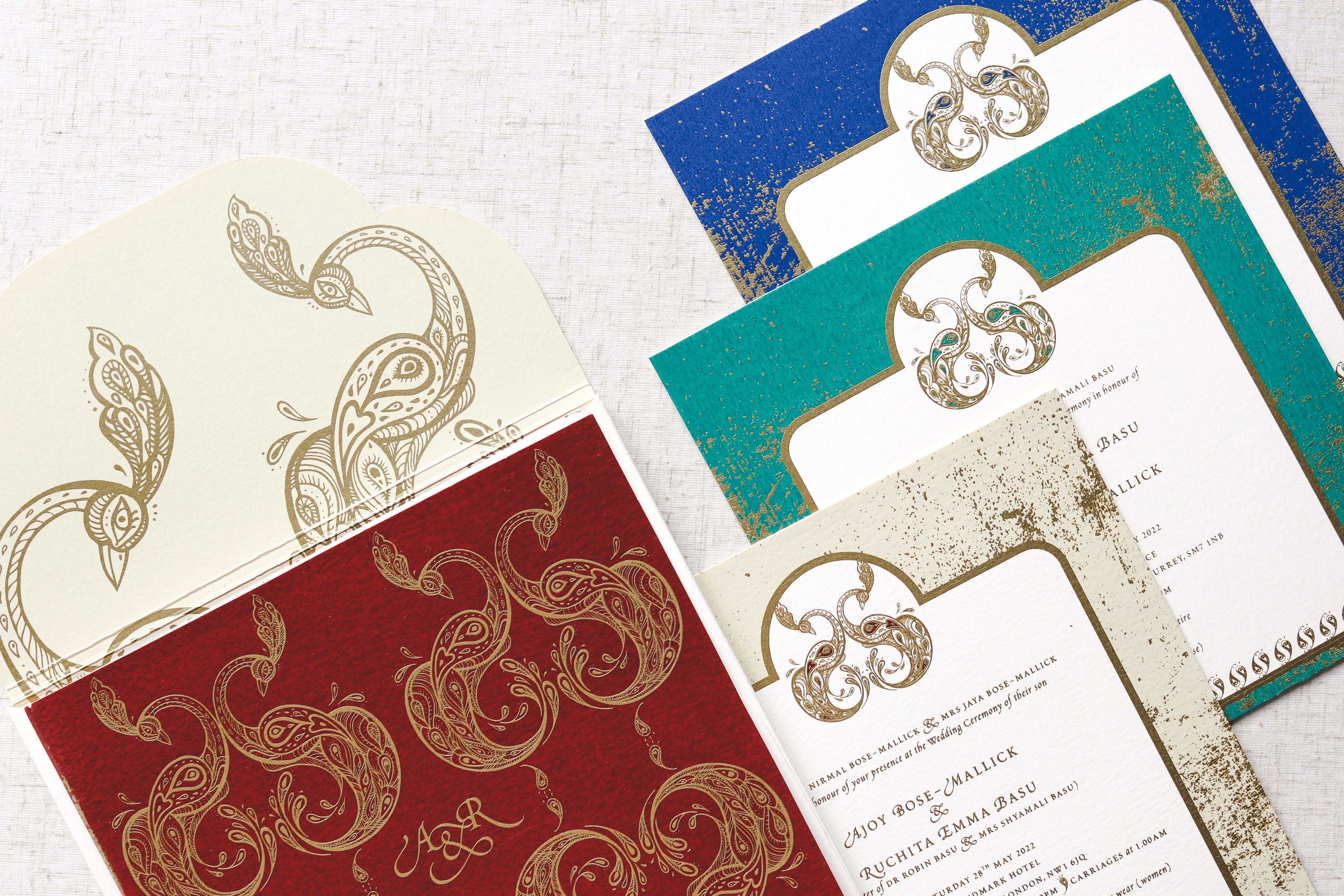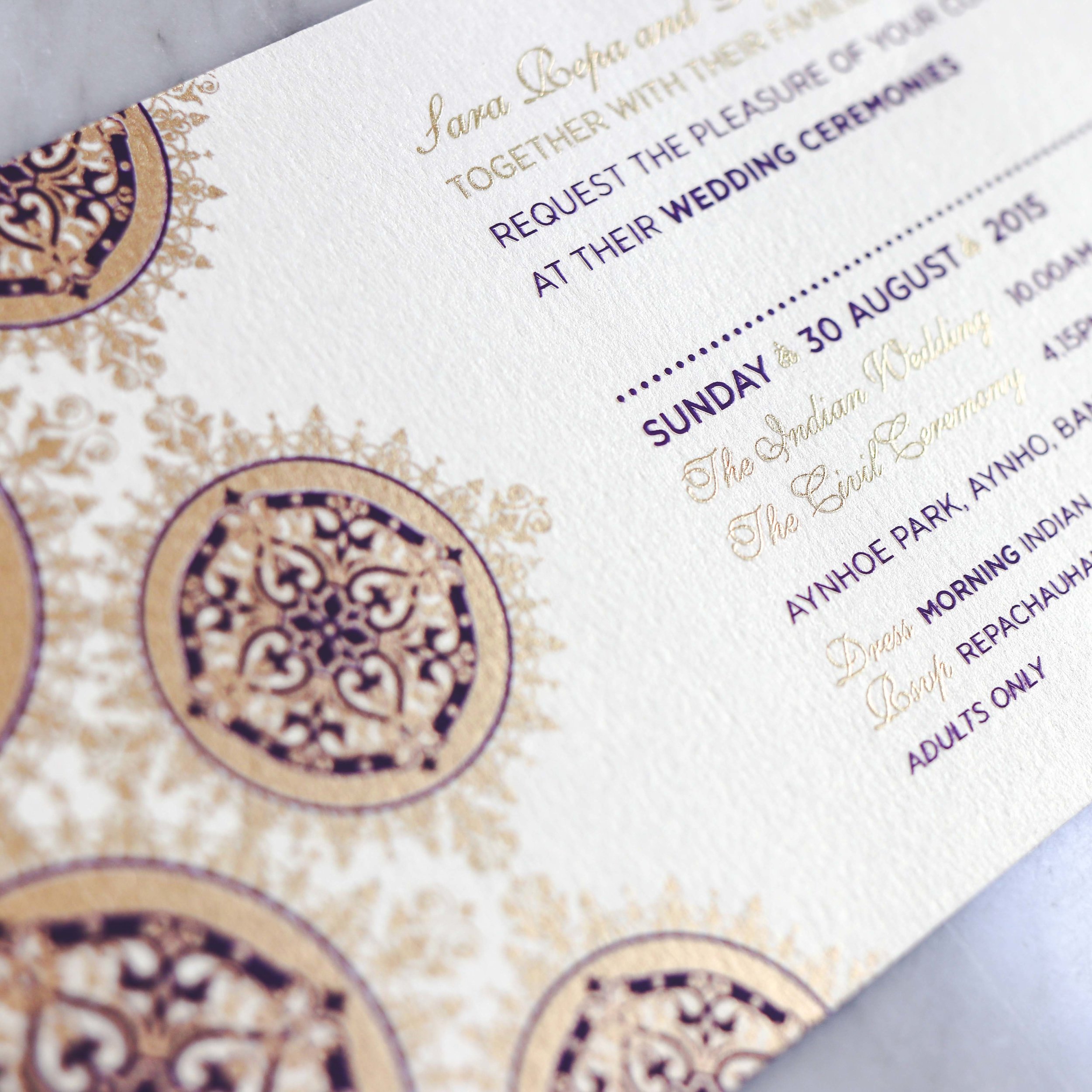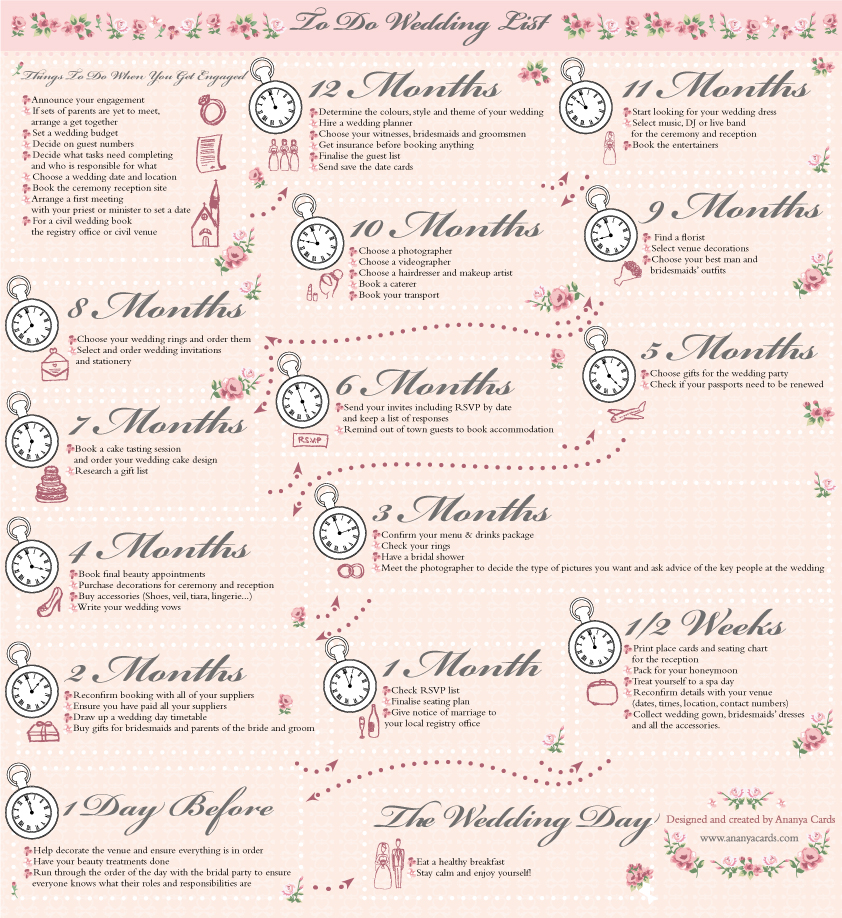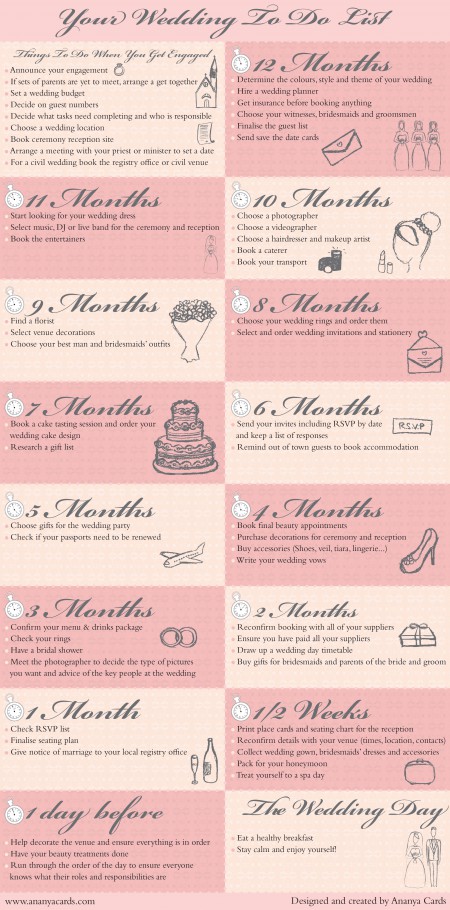A bridal shower is all about celebrating the bride-to-be and showering her with love—and, of course, thoughtful gifts she’ll treasure. Whether you’re looking for something sentimental, practical, or a little luxurious, the best gifts reflect her personality and lifestyle. If you’re feeling stuck on what to give, here’s a list of meaningful and elegant bridal shower gifts.
Photo: Fiona K Photos
1. Personalised Wedding Keepsake Box
A beautiful keepsake box gives the bride a special place to store cherished wedding mementos. From handwritten vows and wedding invitations to heartfelt notes and small sentimental tokens from the big day, this elegant box keeps precious memories safe for years to come.
For a truly personal touch, pair it with a set of luxury personalised wedding stationery, ensuring she has exquisite notecards and thank-you notes to cherish and use throughout after the wedding.
2. Luxury Spa Gift Set
Wedding planning can be stressful, and every bride deserves some time to unwind. A spa gift set is a thoughtful way to help her relax before or after the big day.
Consider Including:
· A plush bathrobe for ultimate comfort
· A jade roller or gua sha for a soothing skincare routine
· Handmade soy candles in her favorite scent
· Essential oils or bath salts for a calming soak
Photo: Martina H
3. Customised Wedding Vow Book
A wedding vow book is both practical and sentimental—a keepsake she’ll cherish forever. At Ananya Cards, our bespoke vow books are designed with premium materials such as silk, linen, or fine art paper and can be personalised with initials, wedding dates, or a monogram.
Elegant and timeless, a vow book adds sophistication to the wedding day and becomes a lasting reminder of the couple’s heartfelt promises.
4. Engraved Jewellery Piece
Jewellery is always a timeless gift, but adding a personalised engraving or monogram makes it even more meaningful. Consider a delicate bracelet, necklace, or ring engraved with:
· Her wedding date
· Her initials and her partner’s initials
· A short sentimental message
5. Date Night Subscription Box
Marriage is about creating memories together, and a date night subscription box keeps the romance alive well beyond the wedding. These fun-filled boxes deliver creative date ideas straight to their door—perfect for newlyweds adjusting to life together.
Popular Options:
· A cooking date night box with gourmet ingredients and a recipe
· A wine or cocktail tasting kit for a cosy evening in
· A DIY painting night set to create art together
6. A Luxurious Nightgown for the Honeymoon & Beyond
Every bride deserves to feel elegant and pampered, and a high-quality nightgown is the perfect way to add a touch of romance to her honeymoon and beyond. Look for luxurious fabrics like silk, satin, or moisture-wicking modal that feel as good as they look. Whether she prefers a delicate lace-trimmed gown or a sleek, modern slip dress, this gift blends comfort and style in the most intimate way.
Bonus Tip:
Make it extra special by choosing a customised nightgown with her new initials or a delicate embroidered detail.
Final Thoughts
When it comes to bridal shower gifts, it’s all about thoughtfulness and personalisation. Whether you go for a sentimental keepsake or a practical home essential, your gift should reflect the bride’s unique personality and style. No matter what you choose, she’ll appreciate the love and care you put into picking something special—and it’ll be a gift she cherishes for years to come. For beautifully designed wedding vow books, personalised stationery, and elegant keepsakes that make perfect bridal shower gifts, explore the bespoke collections at Ananya Cards.
